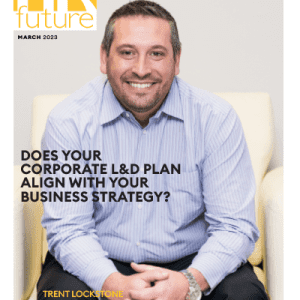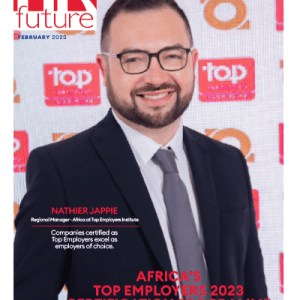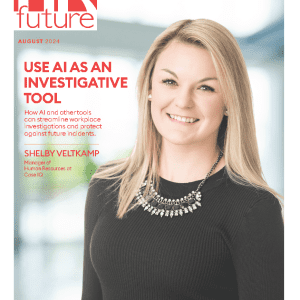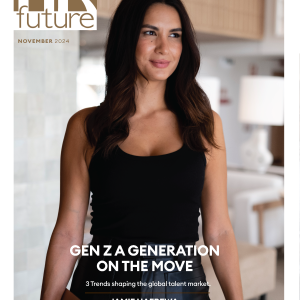People are working longer and in countries like South Africa with an ongoing skills shortage, workers with years of experience have invaluable knowledge to share at the workplace.
But how should companies adapt to make sure an ageing workforce feel like they still belong? Workplaces need to adapt for an older workplace and have been slow to do so so far.
Population ageing is a global phenomenon and workplaces need to modify to accept the reality of older workers. It is increasingly important to retain workers as they get into their fifties, typically the time when businesses start to lose all that prized expertise.
There are five key office considerations businesses need to retain and attract an ageing workforce:
1. Lighting, especially natural lighting
Natural light should be used in concentration spaces wherever possible, with fabric curtains and blinds to diffuse light. Task lights at the desk are an important consideration for ageing eyes and for reading printouts off-screen, and a lower and more pleasant level of general ambient lighting within the concentration space.
2. Good acoustics
Having spaces where people who battle to hear can work easily especially with technology such as Skype is very important. We also suggested the use of sound-masking systems like acoustic boards that can reduce distracting noise which are appreciated by everyone in busy offices, not just older workers.
3. Private space
All generations get sick and tired of work at times and would like somewhere to go to recuperate briefly from the stress and noise of the normal work environment. The provision of contemplation space that can provide a calm, quiet environment free from distraction and surveillance is important to making ageing workforces more productive – and evidence suggests it would be popular with everyone. It isn’t just older workers who crave quiet and privacy when they want to concentrate on solo tasks – or dedicated tools and spaces for collaboration when they want to work in a team.
4. Age appropriate design
Age-appropriate design that helps, rather than unthinking design that hinders and stigmatises, can make a huge difference to quality of life. And this was never more so than in considering access to work and the workplace for older people. For example older workers don’t want to feel incapable and frustrated by things like unadjustable chairs, confounding IT systems and cupboards that they just can’t reach. That also don’t want to feel they need someone to help them all they time but it’s a quick fix to deal with this.
Offering things like easy access to files, height adjustable furniture and simple IT can make a difference. Older people who have honed their skills in the pre-digital era also prefer to spread out sheets and data, and not worry about confidentiality or tidying away before the project is completed.
Bigger desks to spread things out and bigger backdrops to pin things up will enhance collaborative modes of working for older people.
5. Wellbeing focus
Things like user-controlled lighting, ergonomic furniture, natural soundscapes and other humanising features all contribute to a sense of wellbeing. As mentioned, private spaces that are governed by strict wellbeing protocols for working (for example, no mobile phone calls or loud conversations, as in a library). These spaces should be located away from noisy facilities such as kitchens and cafés, print-rooms or social spaces. They should be equipped with different types of furniture and adjustable settings to allow for a range of working positions, as poor ergonomics and uncomfortable posture will adversely affect the ability to focus.
Conclusion
While older knowledge workers may well be compromised in the office environment by the inevitable effects of ageing on vision, hearing, posture, memory, balance and dexterity, they tend to compensate cognitively in terms of wisdom, experience and decision making. They are also, contrary to popular myth, flexible learners – they have adapted to several waves of business and technological change over lengthy careers. It’s makes economic sense for companies to make them feel at ease in the workplace.
Linda Trim is the Director at Giant Leap.













